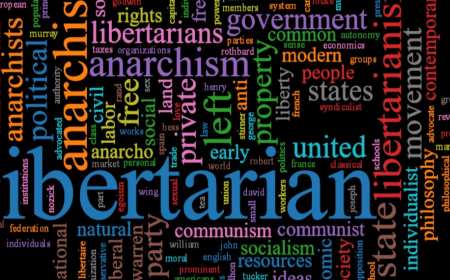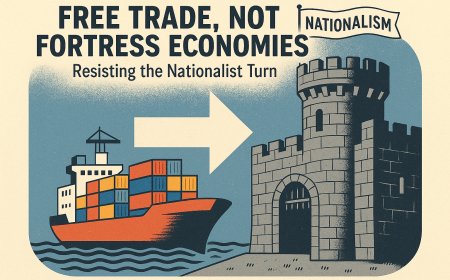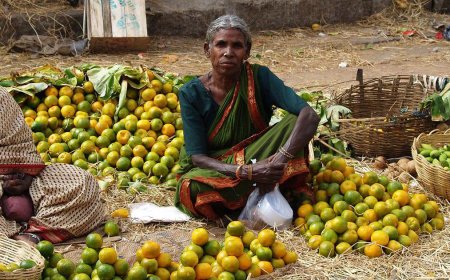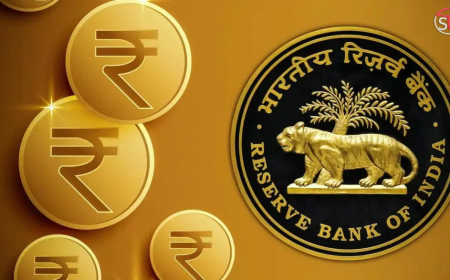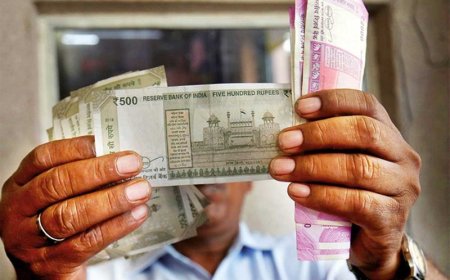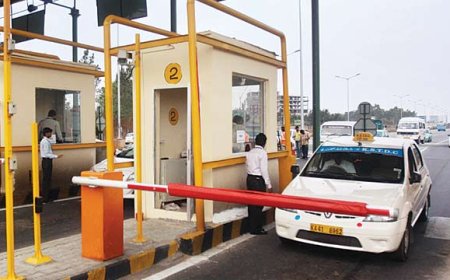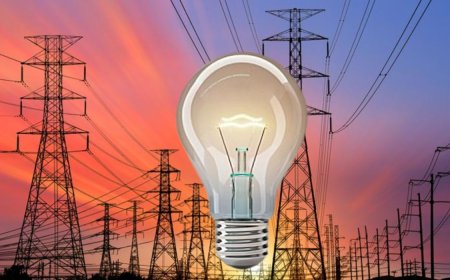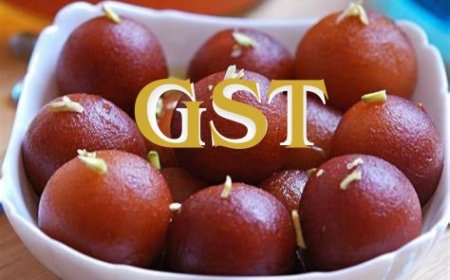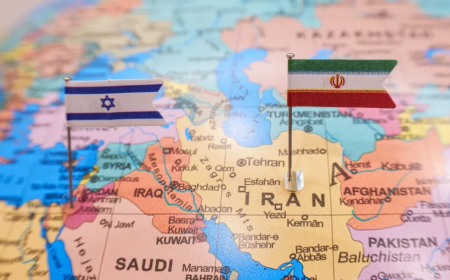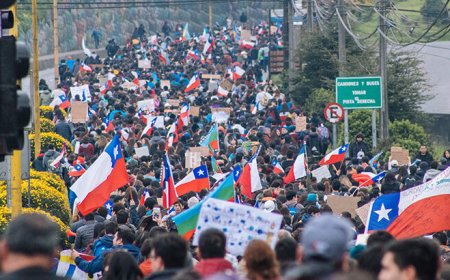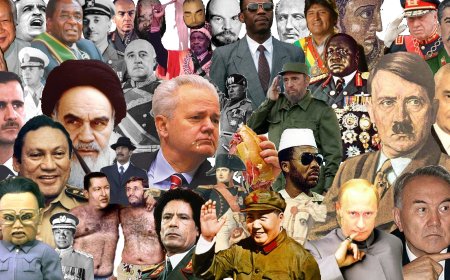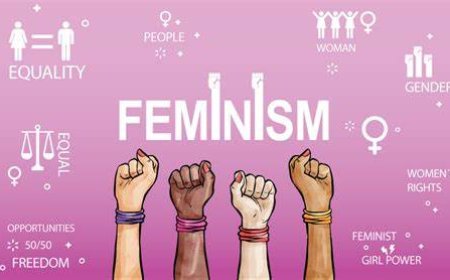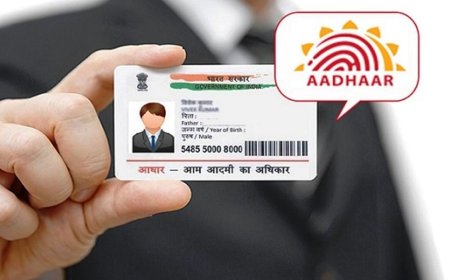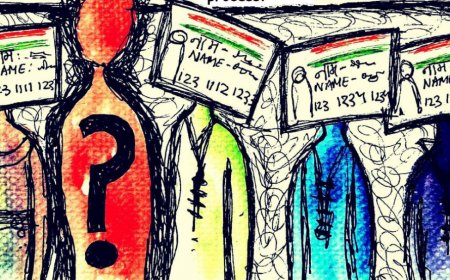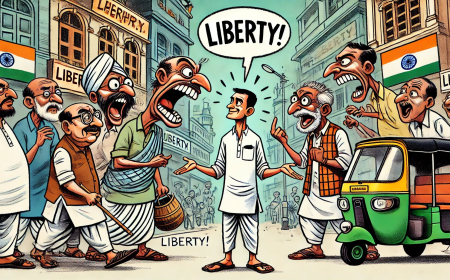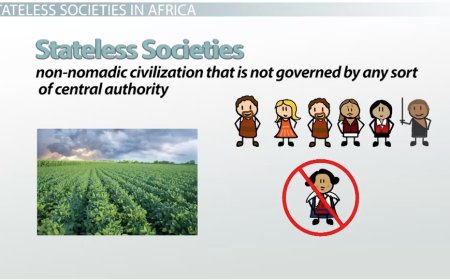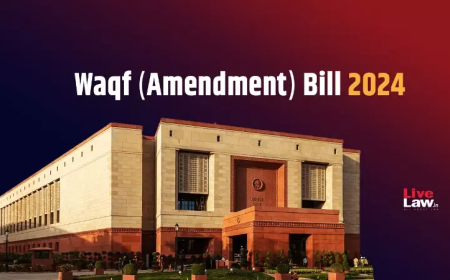Economic Freedom in India: A Current Assessment
Explore the current state of economic freedom in India, including factors influencing growth, challenges, and opportunities for improvement. Get an in-depth assessment of India's economic landscape.

Economic freedom is a critical measure of how individuals can manage their own labor and property with minimal government interference. This article explores the current state of economic freedom in India, examining factors influencing growth, challenges, and opportunities for improvement. We provide an in-depth assessment of India's economic landscape, including key indicators and proposed reforms by the Libertarian Party of India (LPI).
India's Global Ranking

India ranks 131st out of 176 countries in the 2023 Index of Economic Freedom by the Heritage Foundation, scoring 52.9, which categorizes it as "Mostly Unfree." Compared to emerging economies like Brazil and China, India’s position indicates significant room for policy improvement to boost economic freedom.
Key Indicators of Economic Freedom
- Rule of Law: India struggles with property rights due to unclear land titles and bureaucratic delays. Although the judiciary is independent, it faces challenges with slow processes and inefficient contract enforcement.
- Government Size: High levels of government expenditure and subsidies restrict private sector growth. Additionally, high public debt impacts fiscal health and long-term economic stability.
- Regulatory Efficiency: While there have been improvements in the ease of doing business, India’s regulatory environment remains complex. Rigid labor laws contribute to a large informal economy where labor rights are often inadequately protected.
- Open Markets: Although trade policies have been liberalized, high tariffs and non-tariff barriers persist. While FDI policies are more open, regulatory uncertainties and sector-specific restrictions still deter investment.
Challenges to Economic Freedom

- Corruption:
Corruption at various levels of government increases business costs and undermines public trust, hindering economic freedom. - Regulatory Complexity:
The regulatory environment is still burdensome, with multiple layers of regulation creating delays and increasing business costs. - Informal Economy:
A large portion of India's economy operates informally, reducing the effectiveness of economic policies and limiting tax revenue.
Libertarian Party of India’s Proposals
The LPI advocates for reforms that align with enhancing economic freedom, including:
- Privatization: Reducing government’s role in the economy to improve business freedom and encourage private sector efficiency.
- Deregulation: Simplifying regulations to reduce the burden on businesses and promote entrepreneurship.
- Tax Reforms: Proposing a simplified tax structure and lower corporate taxes to attract investment and boost economic growth.
- Labor Market Reforms: Increasing flexibility in labor laws to enhance labor freedom and reduce the informal economy.
- Strengthening Property Rights: Implementing clear and enforceable property rights, alongside judicial reforms, to improve economic freedom.
- Trade and Investment Liberalization: Reducing tariffs and further liberalizing FDI policies to enhance trade and investment freedom.
Conclusion
India’s current state of economic freedom highlights areas for improvement, particularly in regulatory efficiency, corruption, and the informal economy. The Libertarian Party of India’s proposed reforms offer a path to enhancing economic freedom, which could lead to a more dynamic and prosperous economy. By addressing these challenges, India can better position itself in the global economy and improve the quality of life for its citizens.
FAQs
1. What is economic freedom?
- Economic freedom refers to the ability of individuals to control their own labor and property with minimal government interference. It includes factors like ease of doing business, regulatory efficiency, rule of law, and open markets.
2. How does India rank in terms of economic freedom?
- According to the 2023 Index of Economic Freedom by the Heritage Foundation, India ranks 131st out of 176 countries, placing it in the "Mostly Unfree" category.
3. What are the major challenges to economic freedom in India?
- The major challenges include corruption, regulatory complexity, a large informal economy, unclear property rights, and high government involvement in the economy.
4. What are the key indicators of economic freedom assessed in the article?
- Key indicators include rule of law, government size, regulatory efficiency, and the openness of markets.
5. How does the Libertarian Party of India propose to improve economic freedom?
- The Libertarian Party of India (LPI) proposes reforms such as privatization of state-owned enterprises, deregulation, tax reforms, labor market flexibility, strengthening property rights, and trade and investment liberalization.
What's Your Reaction?











